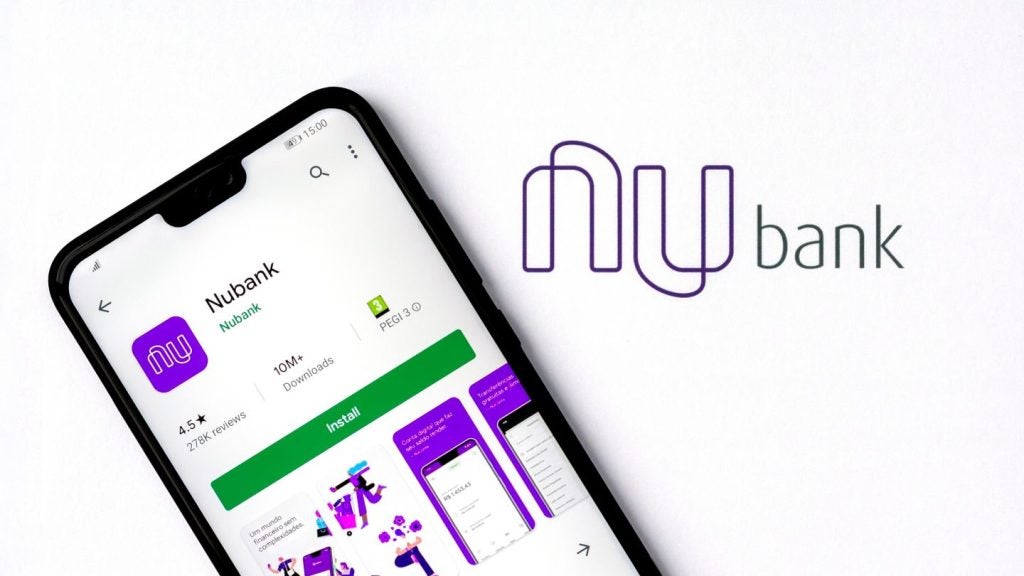With a new administration in the US promising deregulation and lower corporation tax, many in the financial sector expect 2025 to be a stellar year for M&A. Alongside this, many banks in the UK and EU especially have accumulated a lot of ‘dry powder’ after several years of slow economic growth. With interest rates having cooled over 2024 and conditions improving, banks and buy-side firms now look to deploy this capital into the markets.
The banking sector expects deal volumes to exceed $4trn over the course of the year. This follows a 15% uptick in M&A activity last year.
Growing competition
Giving a hint of how an M&A boom might impact the banking sector this year, PNC CEO William Demchak recently shared his objective of acquiring retail banks and how shifts in the regulatory landscape might support this. Following significant deals in 2024 such as Capital One’s acquisition of Discover Bank, other major US banks like US Bancorp and Truist Financial have also indicated an appetite for M&A. Here in Europe, UniCredit’s pending acquisition of Commerzbank is making headlines while Barclays’ acquisition of Tesco Bank in Q4 could be a taste of things to come.
Against this background, the competition to secure the most attractive deals is growing intense, with differential impacts at opposing ends of the market.
For bigger banks, the race is on to acquire smaller competitors as a means of expanding into new market segments. This can leave smaller firms in specialist sectors competing against bigger players with deeper pockets. At the boutique end of the market too, increased deal volume brings opportunities but will be challenging to deliver with limited resources. For banks at both ends of the market however, emerging technologies like AI and automation can help them face their respective challenges.
People power
For large and small firms alike, an impact of the last few years of muted M&A activity and challenging macroeconomic conditions has been reductions in deal team head-count. Analytics firm Coalition Greenwich estimates that between them London’s top 12 investment banks cut 100 dealmaker jobs during Q1 2024, with more likely to be reported as full 2024 figures become available.

US Tariffs are shifting - will you react or anticipate?
Don’t let policy changes catch you off guard. Stay proactive with real-time data and expert analysis.
By GlobalDataSo, as we gear up for increased deal volume, teams will be expected to do more with less.
While some banks may be looking to increase head-count to cope with increased volume, this takes time. Emerging technologies will be key to plugging these gaps and maintaining a competitive edge. Automating routine tasks for example, from document management to pitchbook branding, can save time which can be redeployed toward more complex, revenue-generating tasks. Leveraging technology to automate pitchbooks can also help M&A teams gain a first-mover advantage.
Likewise, when it comes to responding to an RFP, teams with an automation tech-stack will always be able to respond more efficiently, meaning volume can be achieved.
A done deal?
For bigger banks embarking on M&A, a further consideration is ensuring new teams, systems, brands and processes are successfully integrated.
Despite the importance of ensuring brand consistency following M&A between banks, it’s something which is often overlooked in the rush to finalise a deal. Get it wrong and it could lead to customer attrition as well as time and money lost to inefficiencies. Emerging technology is redefining what’s possible here, too. With the ability to automate brand roll-out and compliance, automation increasingly has the ability to smooth out some of the post-deal bumps in the road.
Brand automation will also be key for smaller firms as they balance increased deal flow against limited resources. In this scenario, it’d be easy to lose focus on brand consistency and thus jeopardise hard-earned brand equity. In a competitive market, this is a risk that boutique firms can ill afford.
For banks and businesses alike, an uptick in dealmaking means opportunities to put capital to work and invest in growth, capturing new markets and customers. The challenge will be fierce competition from banks also willing to deploy significant capital in search of the best deal. Throw into this the emergence of automation and other technologies and deal teams face a difficult balancing act. Investments in tech will need to be carefully considered and, in a crowded SaaS marketplace, ensuring that investments are prudent and generate returns will put tech-procurement centre stage.
Making strategic investments will be imperative to ensuring growth in 2025 – those who fail to do so risk standing still, or worse, falling behind.
Julien Villemonteix is CEO, UpSlide








